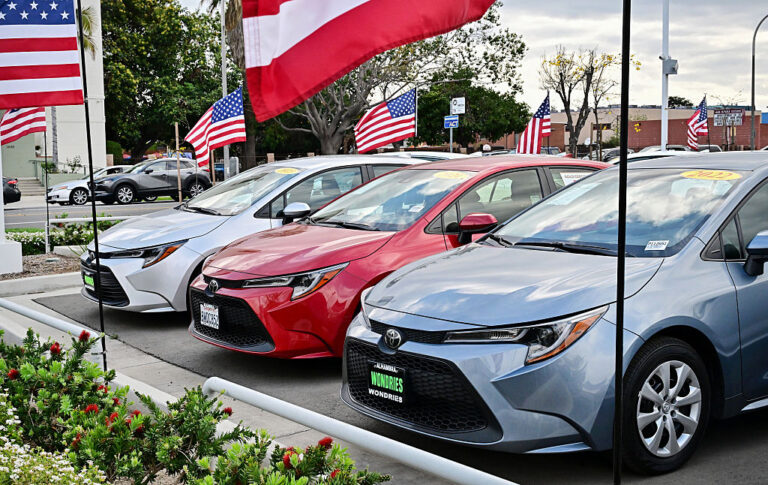The U.S. Construction industry is a $1.73 trillion industry. Its more than 700,000 companies account for over 7 million American jobs in building, engineering and a wide range of specialty trades, note Bureau of Labor statistics. But most appreciably, the industry exemplifies American ideals about hard work and upward mobility since many thriving construction companies are decades old, multigenerational, family-owned businesses. Yet despite its depth and breadth, the construction industry can be one of the most difficult to penetrate for minority- and women-owned businesses (MWBEs). While there is a dearth of data on this, it is easy to extrapolate from existing studies. For instance, 20 years ago, a groundbreaking Urban Institute study noted that “government contracting (to MWBEs) is perhaps the least studied” of three affirmative action measures. It concluded “African American-, Latino-, Asian-, Native American- and women-owned businesses all receive a substantially lower proportion of government contracting dollars than would be expected, given their availability.” Today, it is still especially difficult to find data on MWBEs. The U.S. Government Accountability Office (GAO) “has published a smattering of reports over the past 25 years on women- and minority-owned contracting programs with two main conclusions: more information was needed, and the contracting world in general lacks women and minorities,” notes Governing magazine. Given the size and scope of the construction industry, and the opportunities it offers at every level of the employment ladder, it is critical to increase the number of minority- and women-owned businesses and professionals in this particular field. Given the U.S. government’s 2017 poverty guideline salary of just $12,060, the well-paying construction industry can offer a path to economic stability for every minority community. The surest way to make this happen is by “paying it forward.” At Power Construction and Mortenson, we are committed to making this happen by helping to establish a new generation of minority- and women-owned construction companies that are more than just subcontractors, and a pool of minority and women professionals with the well-paying skills that pertain to every facet of our industry. Practically speaking, this makes sense since our industry is faced with skilled worker shortages and rising labor costs that a greater pool of talent would alleviate. Yet our goal to help minority companies penetrate the construction industry begs the obvious: Why do they have such a hard time entering, surviving and thriving in this industry? We see three complex and troubling obstacles: experience, access and capital. 1. Bias: Clients and lenders may think MWBEs lack the experience and resources to get jobs done, which can create a paradoxical situation as these groups struggle to meet both conditions. This makes it critical to offer minority- and women-owned partners resources, references, guidance, training and an empathetic ear. We do this at a grassroots level, job by job, to ensure that they work on projects that will nurture their talents, give them performance track records and create organic growth. Our focus is always on their success. 2. Access: This occurs on three levels. Initially, minorities need access to the industry and the construction trades; the limited apprentice pipeline makes it tough for them to gain entry and experience, and in this industry on-the-job training is key. Second is access to business knowledge, which requires skills in procurement, project management, supply chain management, cash flow administration, technological applications and more. Last but not least, relationships and the introductions and referrals they yield are key in the construction industry. This makes it critical to facilitate introductions for our MWBE partners. Strategies to increase access for minorities include securing apprenticeships, both in the trades and in professional management, and creating significant training programs. At Mortenson, a community work program provides entry-level job opportunities, and at Power, a strong decades-old working relationship with the highly regarded Architecture Construction Engineering (ACE) Mentor Program gives a diverse group of high school students industry training and awareness. 3. Capital: Minorities often have thinner cash flows, fewer assets and less access to business loans. This lack of financial resources is one of the greatest barriers for minorities starting and growing their businesses, and makes the difference between a successful or failed startup, notes the study “Race and Entrepreneurial Success” from The MIT Press. Also, awards can be massive in the construction industry and may require a company to manage millions of dollars in expenses. Each award is a mini-business itself, requiring reserve payments, surety bonds, cash for significant material inventories and equipment rentals—all items that can strain payment schedules. One solution is to assume a greater part of the reserve; at Power and Mortenson we look at alternatives to surety bonds for those that need it, such as default insurance, and are vigilant about managing payments to address cash flow needs. At the end of the day, we listen and support our minority partners. One of our greatest success stories at Power Construction is a more than 10-year partnership Jimmy Akintonde of Ujamaa Construction, which has helped him grow to a medium-sized business. Jimmy credits his success to our “focus on helping Ujamaa grow and many of the skills I learned from working with Power on how to build, develop and expand a business.” At Mortenson, we have equally compelling examples. For one, Thor Construction is now our partner and friendly competitor. When our companies partnered on the Ann & Robert H. Lurie Children’s Hospital of Chicago, we set aside $100 million for MWBEs. Yet this was a private project with no client-mandated requirements. But it was the right thing to do, and in fact our contract awards exceeded the $100 million target. Any construction company can do what we have done, and should. As an industry, we have an obligation to pay it forward. Our legacy will be the Ujamaas and Thors of the world— and stronger communities for all of us. It’s simply the right thing to do. Jimmy continues to live and work on Chicago’s South Side. He is now both our partner and friendly competitor, creating jobs and opportunities for community residents. Like us, Jimmy is paying it forward.















